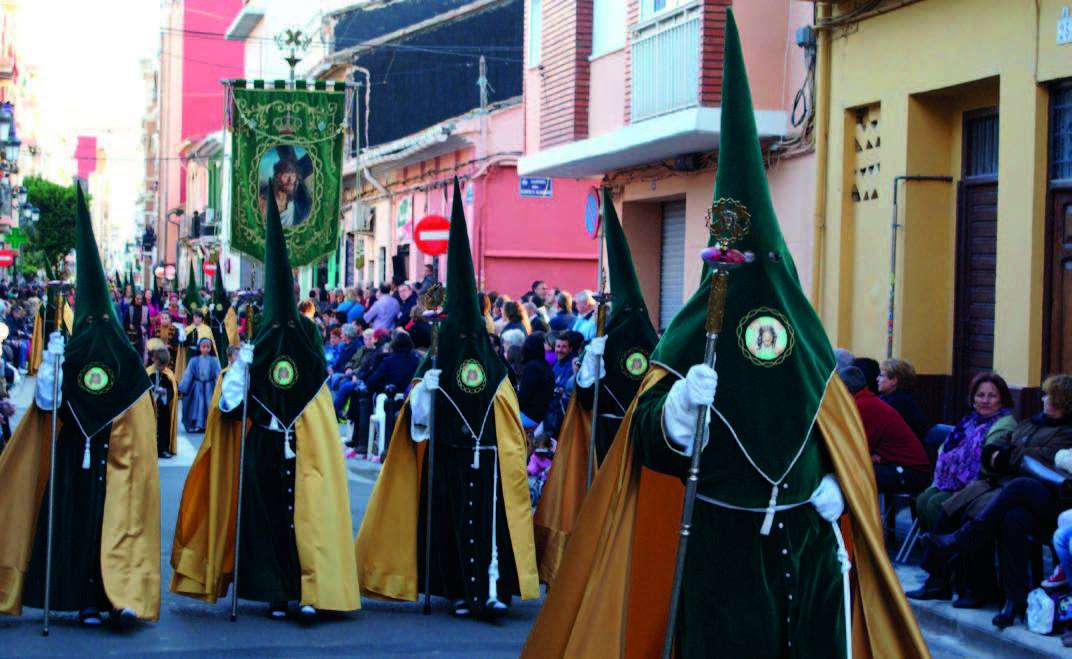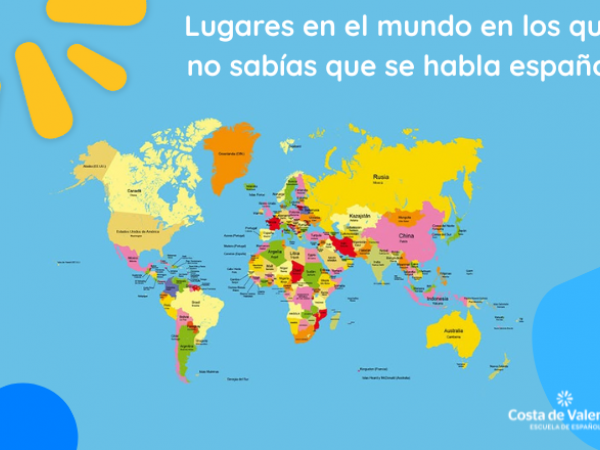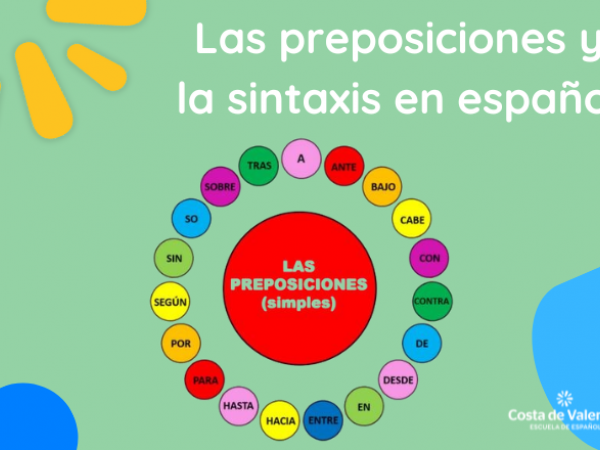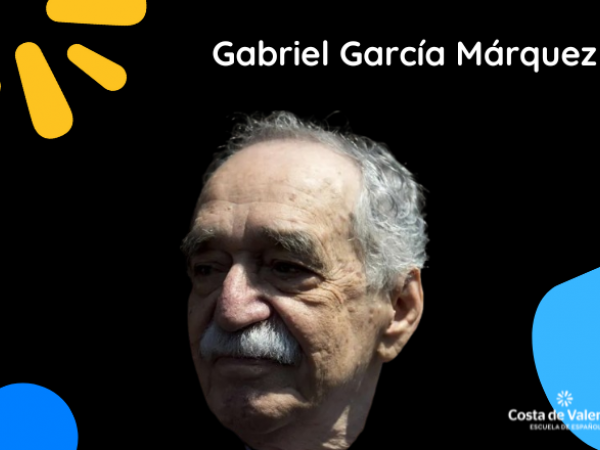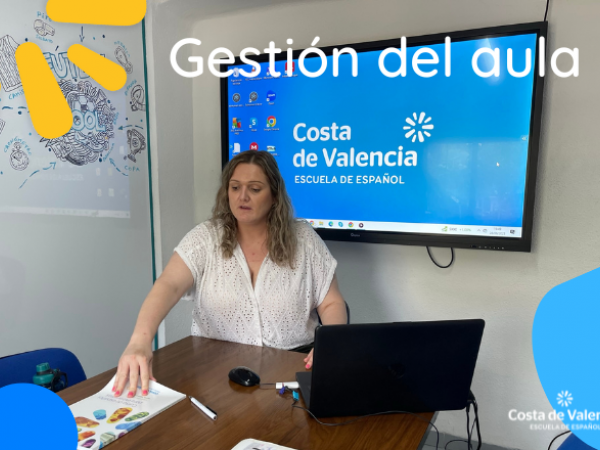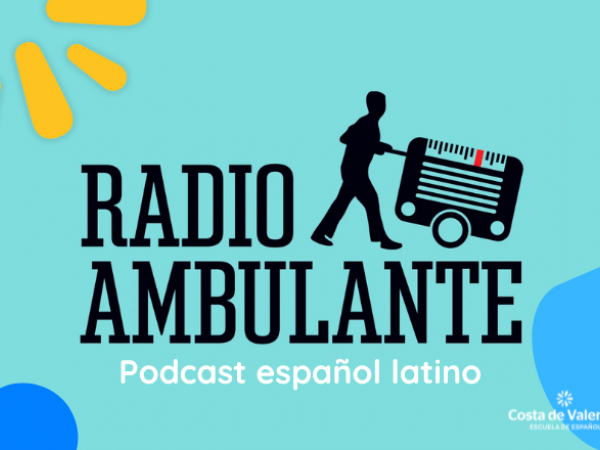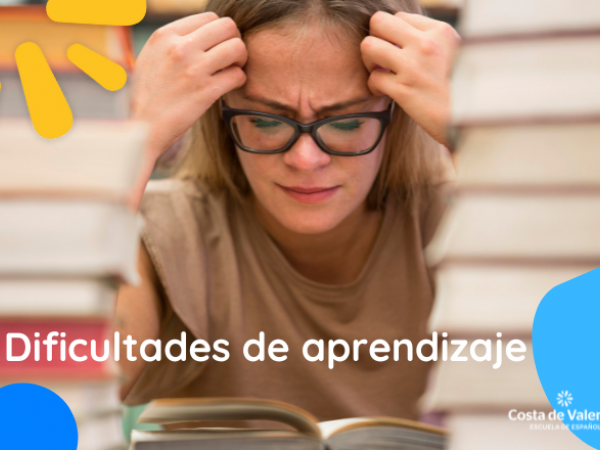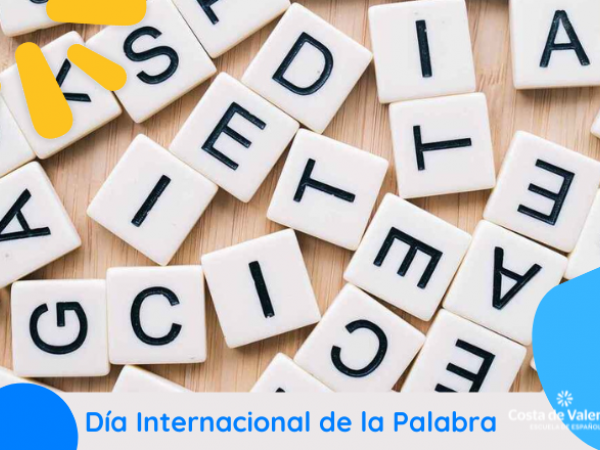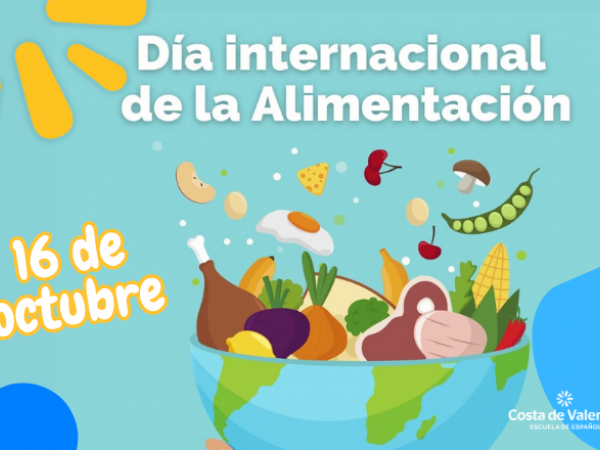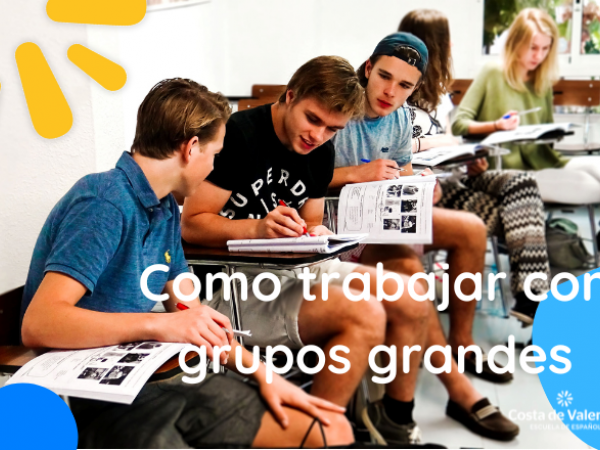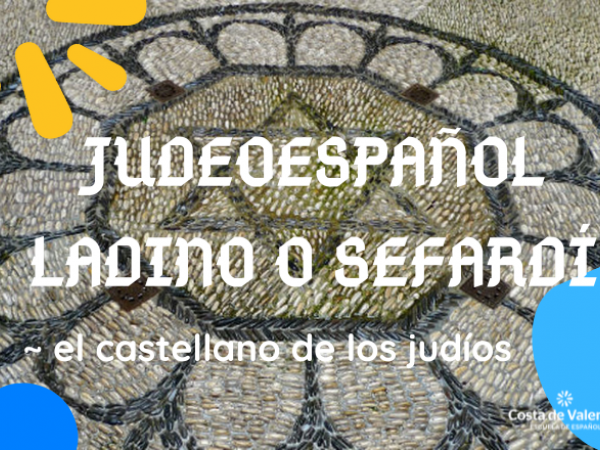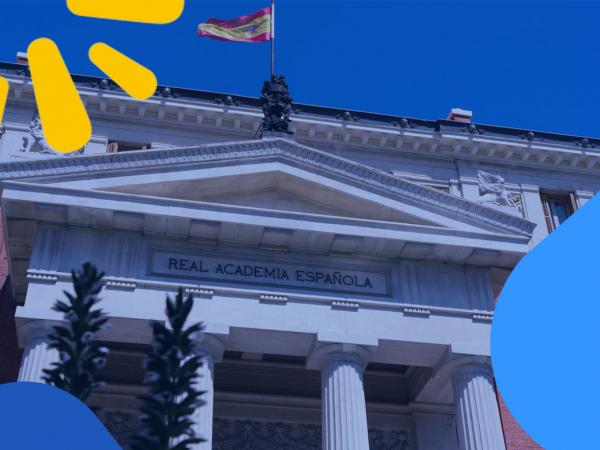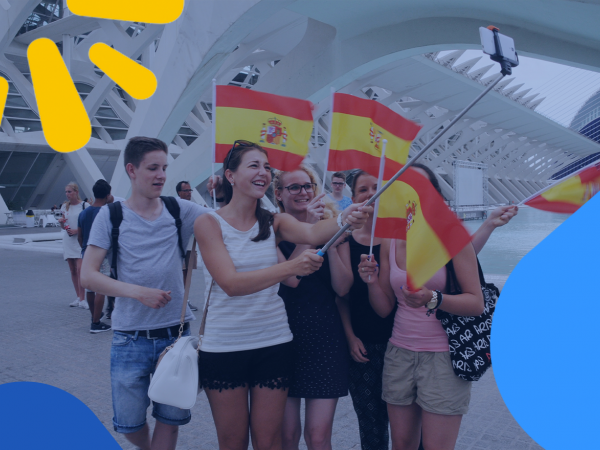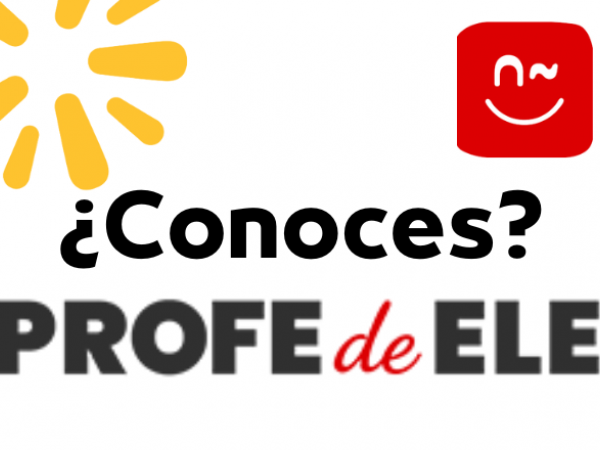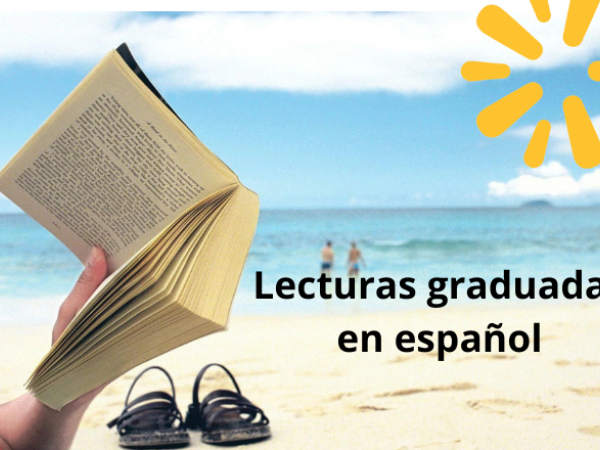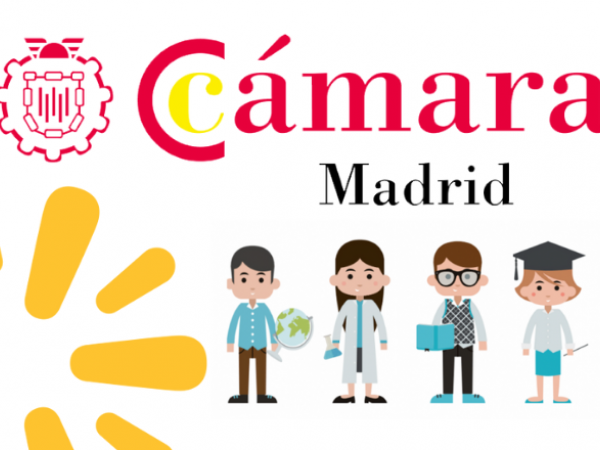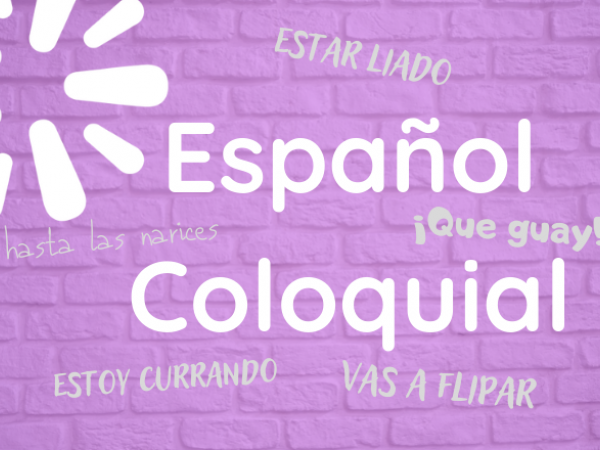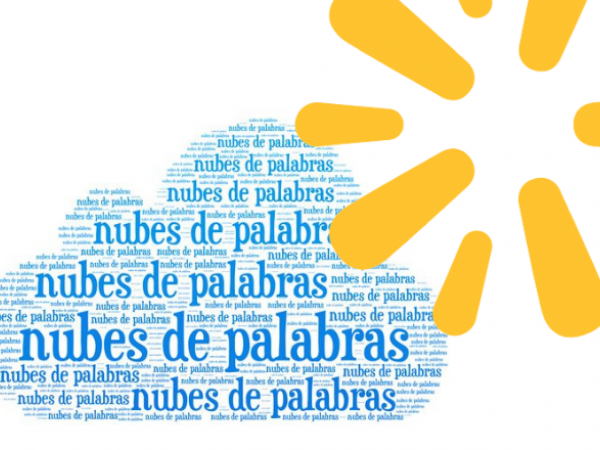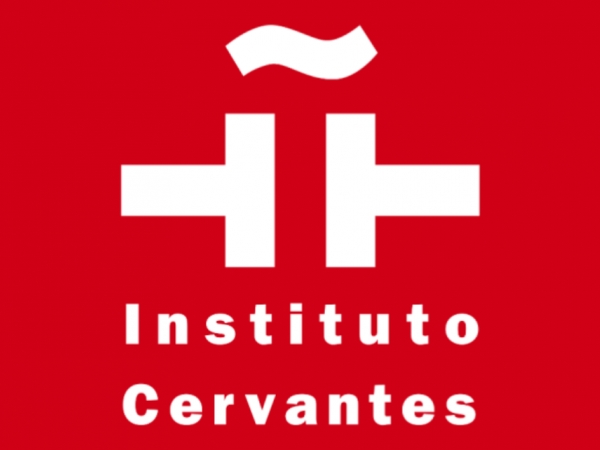Maritime holy week
As you know, many of Spain's festivals have a religious character. One of them is the celebration of Holy Week, which takes place on public holidays in April. This festival commemorates the Passion of Christ, that is, the entry into Jerusalem, the Last Supper, the crucifixion and the death and resurrection of Jesus Christ. Holy Week is experienced in a very special way in Seville.
However, within the Holy Week festivities, we would like to introduce you to a very special variant: the Semana Santa Marinera (Seafaring Holy Week). This festival takes place in the coastal district of Cabañal, next to the beaches of Valencia. It has even been declared a festival of National Tourist Interest.
Although the written documents of this tradition date back to the 18th century, there are indications that it has been celebrated since the 15th century. It is impressive how the celebration takes to the streets: parishes, streets and neighbours' houses are places where participants and spectators mingle endlessly.
For the layman: what does Holy Week consist of? It mainly consists of processions or parades in which the members of the confraternities and brotherhoods, dressed in the typical penitent or period costumes, carry the images of the figures who took part in the last moments of Christ's life. Originally, there were three images or "pasos" that went out in procession: the Nazarene Christ, carrying the cross to Calvary, the Sorrowful Virgin, the mother of Jesus Christ lamenting his torment, and the Risen Christ. At present, up to thirty-one brotherhoods parade, belonging to four different parishes, which fill the streets of the Cabanyal with colour and solemnity.
The Semana Santa Marinera in Valencia is so unique that the events take place over a fortnight, some of them unique to this celebration. The festival begins with the retreta, the announcement of the start of the processions. The rest of the days the processions of the different brotherhoods follow one after the other, offering very moving moments, such as the meeting of the Dolorosa Coronada and Jesús el Nazareno next to the Reales Atarazanas on the night of Holy Tuesday.
On the evening of Maundy Thursday, the Visit to the Monuments brings together all the brotherhoods in a multitudinous procession that visits all the parishes. The custom of also visiting the private houses that house the images has contributed to this night being known as the Nit de les Capelles (Night of the Chapels).
The following morning, Good Friday, the sea regains all its prominence when the Christs are taken to the beach, where, on the shore, the biblical character representing the Sorrowful Mother will place some flowers on the waves, while prayers are said in memory of the deceased sailors.
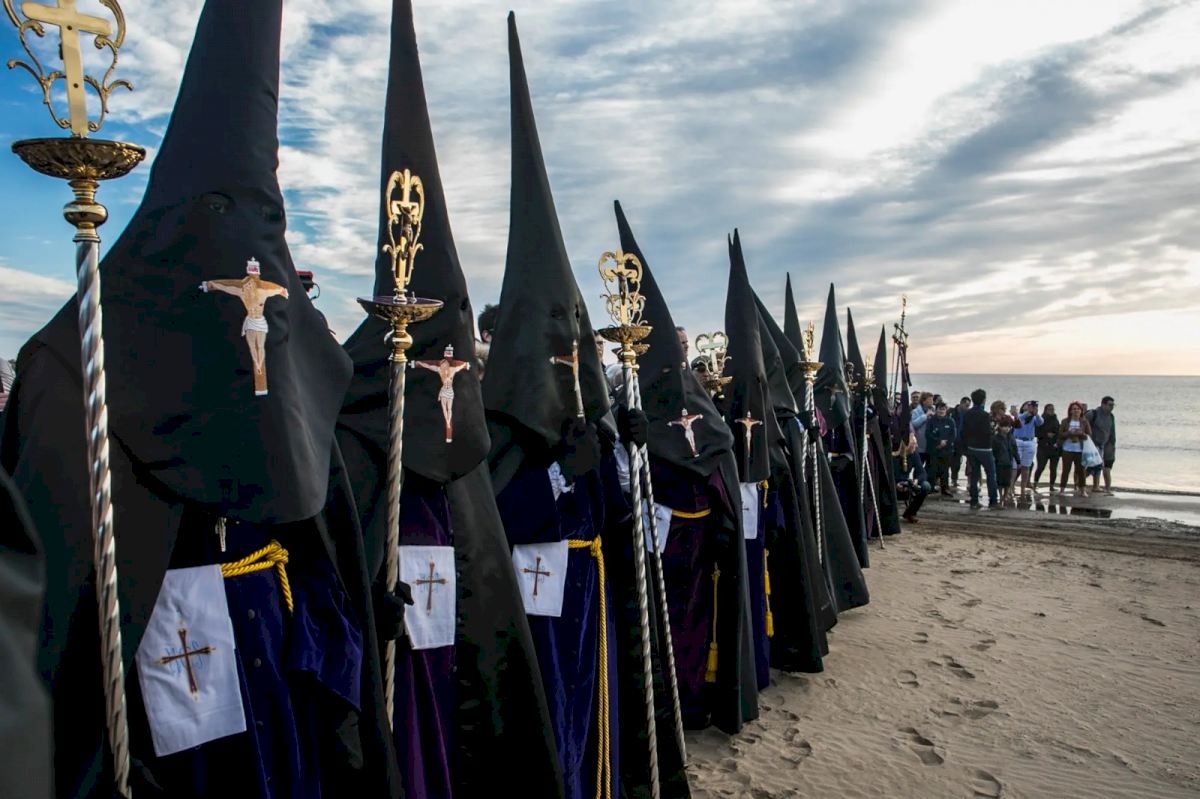
On Saturday there are no processions. They are hours of quiet and rest waiting for midnight. This is when the Resurrection festival begins: the fireworks display lights up the night and pieces of earthenware and buckets of water are thrown into the street from the balconies in a ritual that represents the replacement of the old with the new, of darkness with light, of evil with good.
This festivity reaches its climax at midday on Sunday with the Resurrection Parade, in which the public, who until then had remained in respectful silence watching the slow processions, greets, this time with applause and compliments, the fast pace of the brotherhoods and the biblical characters, who thank them with flowers for the tokens of sympathy.
These are some of the events that take place during that magical time of the year that is the Semana Santa Marinera, when devotion and tradition come together to take to the streets and fill them with unique moments.
If you want to deal with the theme of Easter Week in your classes, we recommend that you take a look at these materials that we propose:
- https://hablacultura.com/fechas-semana-santa/
- https://hablacultura.com/semana-santa-vocabulario-espanol/
- https://hablacultura.com/cultura-textos-aprender-espanol/costumbres/comidas-de-semana-santa/
- https://hablacultura.com/cultura-textos-aprender-espanol/costumbres/celebraciones-de-semana-santa/
